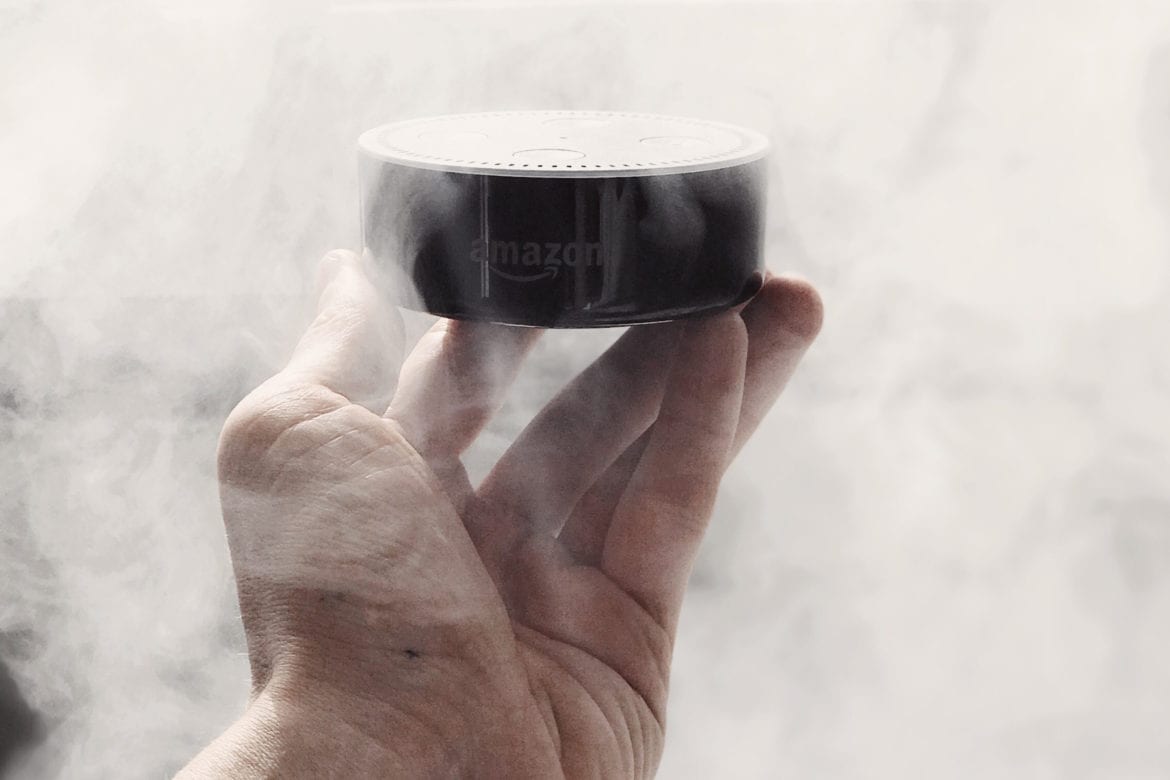|
Getting your Trinity Audio player ready...
|
Digital advertising is finally expected to surpass spending on TV, radio, billboards, print, and other traditional media formats in the US this year. Spending on digital advertising will increase to over $129 billion, while traditional advertising will fall to about $109 billion, predicts research firm eMarketer.
This year will mark a major milestone in the world of advertising. For the first time, digital ad spending in the US will exceed traditional ad spending. By 2023, digital will surpass two-thirds of total media spending.
eMarketer’s latest forecast
According to the report, total digital ad spending in the US will grow 19% to $129.34 billion this year—well over 50% of the estimated total US ad spending. Mobile will continue its dominance, accounting for more than two-thirds of digital ad spending, at $87.06 billion this year.
Amazon closing the gap with Facebook
No. 3 player Amazon’s ad business is expected to grow more than 50%, taking a bite out of duopoly (Google and Facebook). For the first time, the combined share of the duopoly will drop, and Amazon’s share of the US digital ad market will shoot up to 8.8%.
eMarketer mentioned it has adjusted its projections higher for Amazon based on the company’s latest earnings report, “putting it on track to close the gap with No. 2 Facebook” in the digital ad market. Incidentally, just last year Amazon surpassed Microsoft in digital ad spend market share.
Google’s share of online US ad spend will drop to 37.2% from 38.2 percent a year ago. Meanwhile, Facebook’s share of the market will increase slightly to 22.1%, with eMarketer analysts noting that the majority of that growth will be driven by Instagram.
Amazon has snuck up on the duopoly, quietly building a multi-billion dollar advertising arm that generates revenue by charging companies to promote their products on Amazon properties.
Last year, Amazon reported $10.1 billion in revenue for the “Other” category, which “primarily includes sales of advertising services, as well as sales related to our other service offerings,” as per their financial statements. The company does not break out specific financial details for advertising.
“Amazon offers a major benefit to advertisers,” said eMarketer forecasting director Monica Peart. “The platform is rich with shoppers’ behavioral data for targeting and provides access to purchase data in real time … with Amazon’s suite of sponsored ads, marketers have unprecedented access to the ‘shelves’ where consumers are shopping.”
The steady shift of consumer attention to digital platforms has hit an inflection point with advertisers, forcing them to now turn to digital to seek the incremental gains in reach and revenues which are disappearing in traditional media advertising.
Monica Peart, Forecasting Director at eMarketer
Traditional ad spending craters
Massive declines in ad spending on directories (like the Yellow Pages) have led to this “change of guard”—they are expected to bring in 19% fewer ad dollars in the US this year than last year, eMarketer estimates.
Traditional print (newspapers and magazines) spending is a close second, which will drop nearly 18%. Overall, traditional ad spending’s share in the US will drop to 45.8% in 2019, from 51.4% last year.
With no elections or big events (such as the Olympics or World Cup) happening in 2019, TV ad spending will decline by 2.2% to $70.83 billion. The presidential election next year will temporarily propel TV ad spending back into positive growth territory, but it’s expected to fall again in the following years.
“No surprise”
The eMarketer report follows close on the heels of the recent IAB report that found US digital ad revenues rose 22% YoY to $26.2 billion in the third quarter, making 2018 a landmark year for US digital advertising.
“Digital has shown year-after-year that it continues to draw and engage audiences,” said David Silverman, Partner, PwC US. “It’s no surprise that advertisers are following their target customers to whatever screen they are on, and that screen is more likely to be a digital one.”


